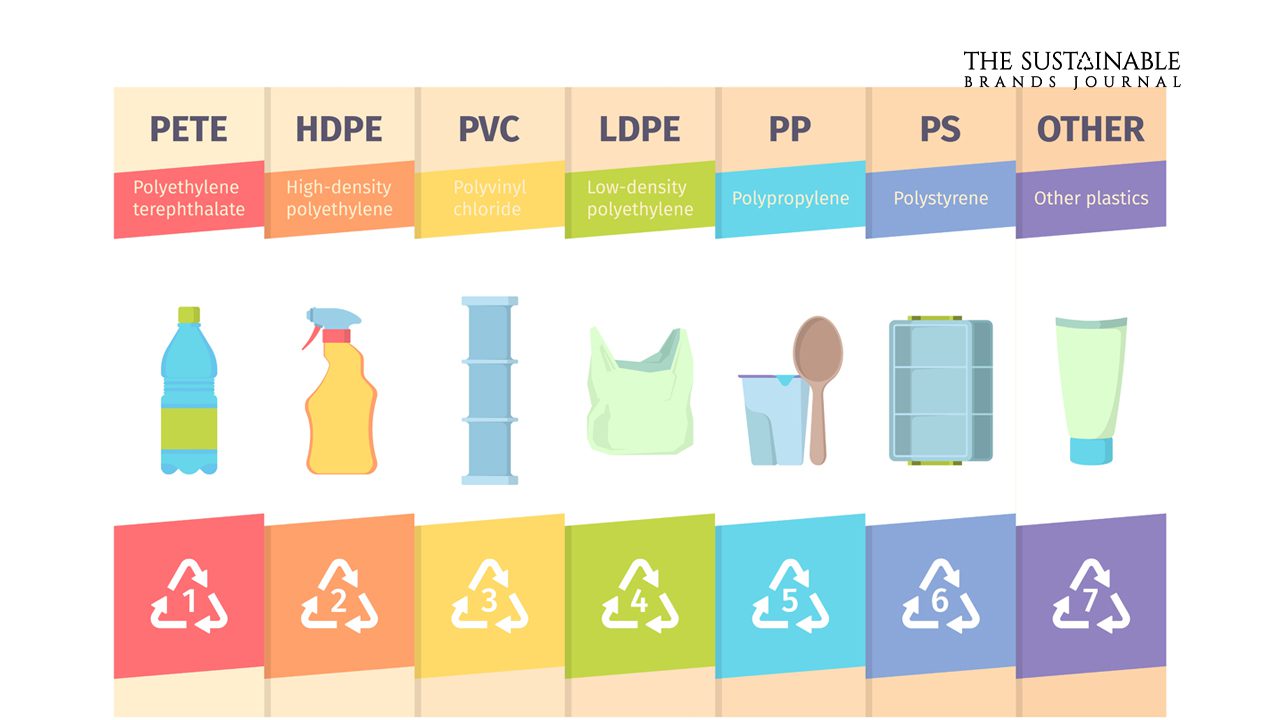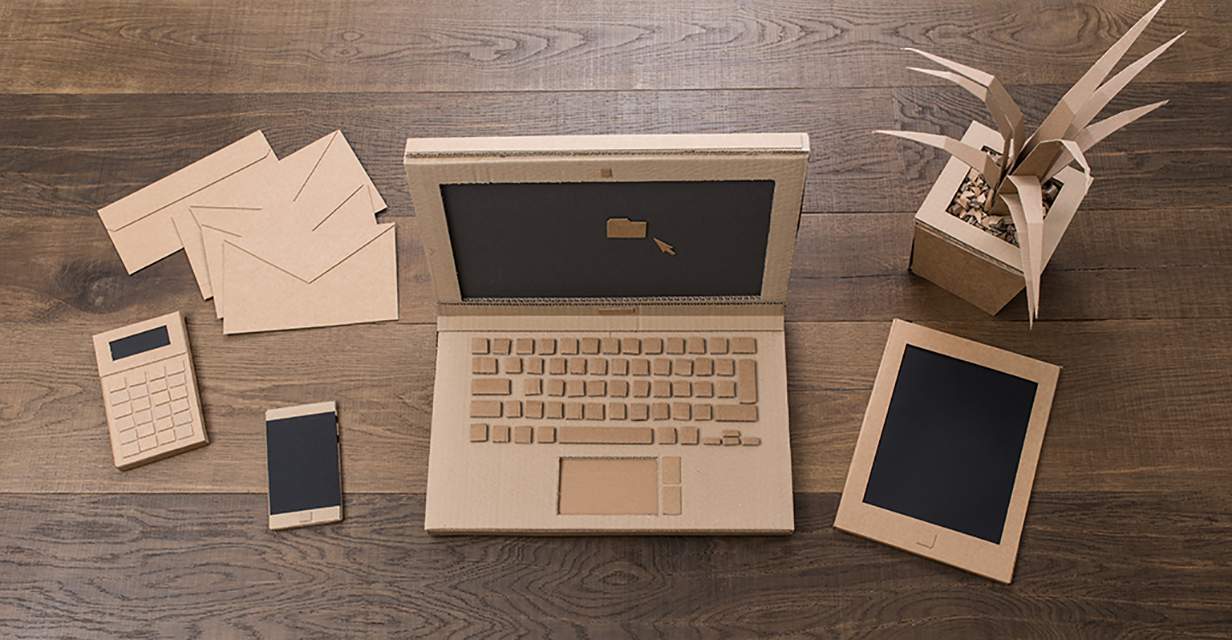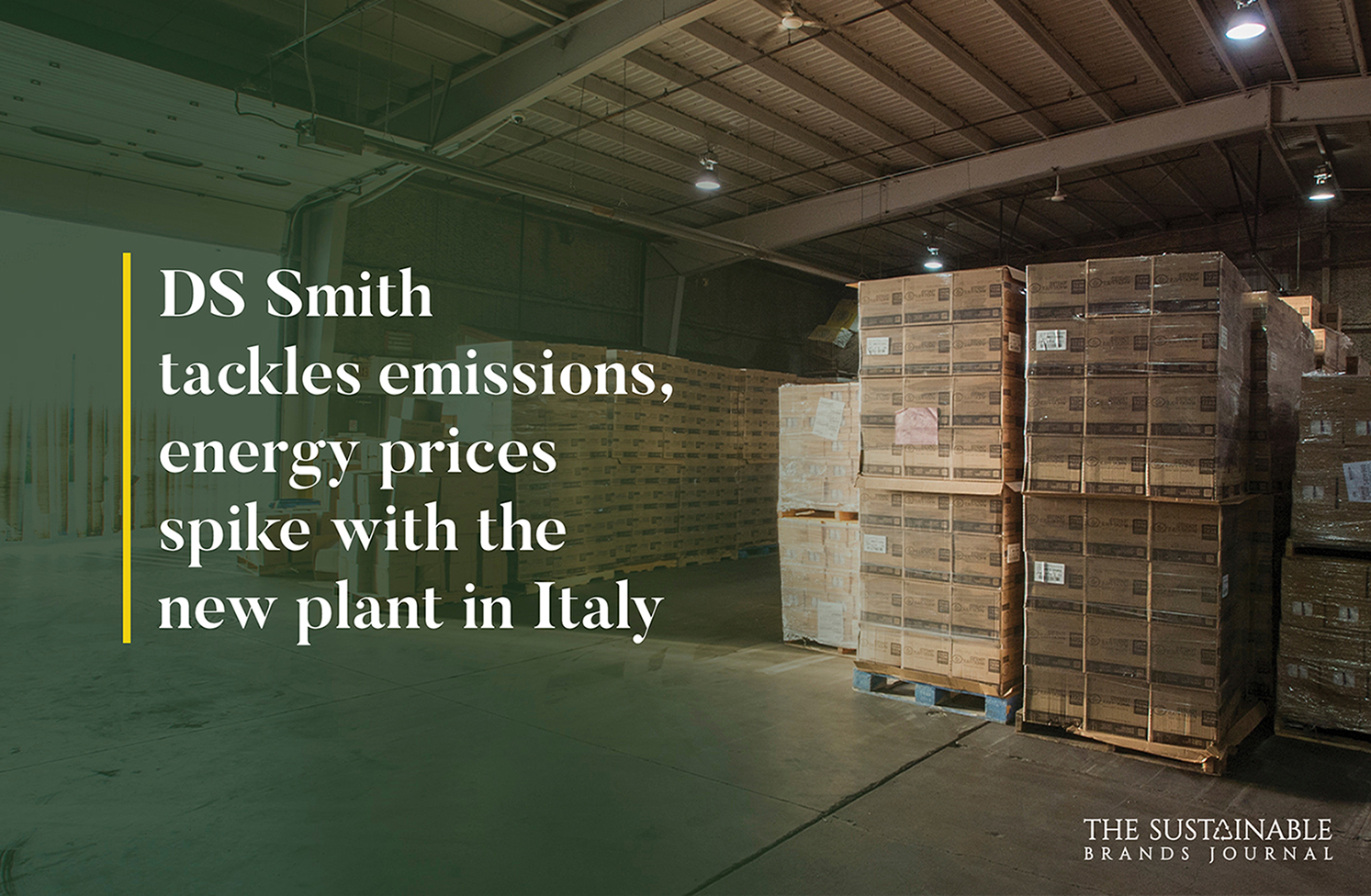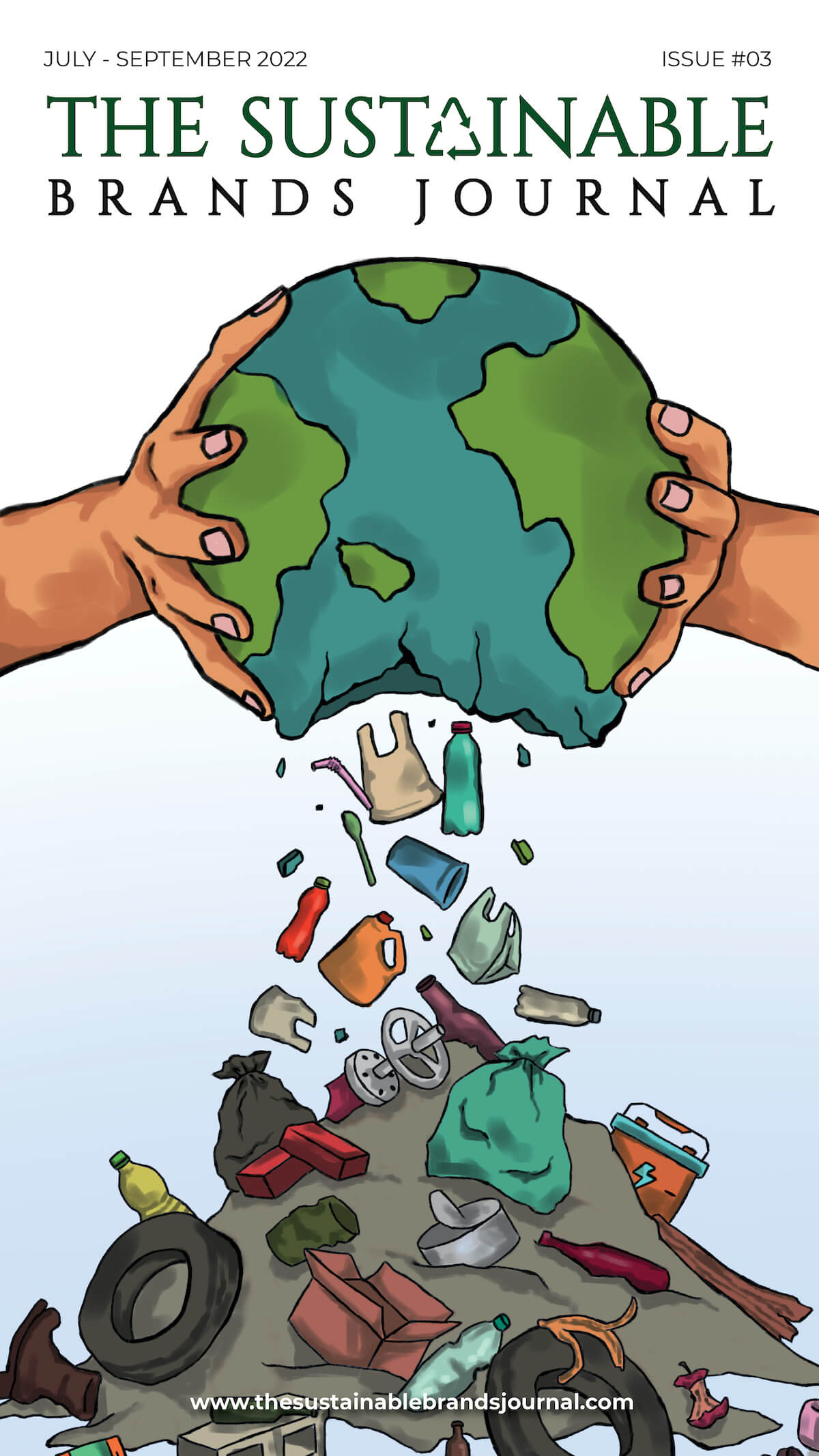
On This Global Recycling Day-UNDERSTANDING THE RECYCLING SYMBOLS
Do you know that every year 8 million tons of plastics end up in the ocean? From cars to food utensils, everything is made up of plastic which is leading to dreadful situations where the waterways and marine life are becoming obstructed. Many items contain different symbols and rules which often makes it difficult for the customers to understand what the symbol means and what steps should be taken further to recycle it.
This article will help in decoding the symbols so that the customers can make smarter decisions for themselves. By the end of this article, you will know what each symbol means and its usage.
SYMBOLS
Let’s break down these symbols and understand them thoroughly:
1. PET
PET or PETE (polyethene terephthalate) is a very commonly used plastic because it’s affordable and can be recycled conveniently. Despite its high demand among manufacturers, the recycling rate is quite low. These plastics are often used in vegetable oil containers, peanut butter containers, ketchup, soft drinks, mouthwash bottles, beer bottles, etc. These plastics are recycled and transformed into enthralling tote bags, carpets, furniture, straps, panelling and food containers.
If the containers are completely washed of all the food then it is considered recyclable and is picked through roadside recycling initiatives. However, the caps cannot be recycled as they are used from different kinds of plastic and it’s better to throw them away.
2. HDPE
HDPE (high-density polyethene) is used almost everywhere, mostly in packaging. One good thing about HDPE is that it can be recycled into numerous goods. HDPE plastics are generally used in shampoo bottles, motor oil bottles, cereal box liners, yoghurt and butter tubs, detergent and household cleaner bottles, milk jugs and juice bottles. These plastics are recycled into useful products like picnic tables, drainage pipes, pens, oil bottles, doghouses, benches, lumber, and shampoo bottles.
HDPE plastics are recycled the same way as PET plastics. The containers are picked through roadside recycling initiatives. However, in some cases, it is mandatory to recycle the containers with their caps. Flimsy plastics that are used to make plastic wraps and grocery bags are often out of the race of the recycling process.
3. PVC
PVC (polyvinyl chloride) or V (vinyl) are sturdy and often used in siding and piping. Due to its affordable price, manufacturers tend to use PVC in most of their products and packaging. However, PVC is also considered hazardous as it releases toxins during the manufacturing process. So, it’s highly recommended to never burn PVC in any case. PVC is mostly found in siding, piping, windows, wire jacketing and blister packaging. The wastes are transformed into mud flaps, mats, decks, panelling and cables.
The thing with PVC is that it cannot get recycled easily and if you wanna get rid of it, you can contact your local waste management centre to figure out whether you should throw it or drop it at the centre. However, there are rare situations where plastic lumber makers will accept the waste to recycle it.
4. LDPE
LDPE (low-density polyethene) is a flexible plastic which was previously not acceptable by most recycling programs but now the tables have turned, and slowly it is now being accepted by the communities. LDPE plastics are used to make tote bags, frozen food, dry cleaning and shopping bags. LDPE plastics gets transformed into landscaping ties, shipping envelopes, compost bins, trash can liners, floor tiles, lumber and panelling.
LDPE plastics are not recyclable items and anything made from them, like toothpaste tubes, is non-recyclable and needs to be thrown out. However, some communities might accept it but not through roadside recycling initiatives.
5. PP
Due to its high melting point, PP (polypropylene) is only used to make containers to store something hot in it. This material is highly recyclable. Syrup and medicine bottles, straws, caps and yoghurt containers are made using PP. These plastics are recycled into bicycle racks, ice scrapers, landscape borders, pallets, bins, rackets, auto battery cases, brushes, brooms, signal lights and trays.
The recycling process of PP is similar to PET as PP can get recycled conveniently after ensuring that there are no leftovers in the containers. The cap of the container needs to be thrown away as it cannot be recycled and gets thrown anyway.
6. PS
PS (polystyrene) can be transformed into foamy and rigid products and is known as the trademark Styrofoam. PS gets used in aspirin bottles, carry-out containers, disposable plates and cups, egg cartons, meat trays and compact disc cases. Later, the waste gets transformed into foam packing, light switch plates, egg cartons, rulers, vents, and insulation.
PS are not acceptable for recycling in their rigid form of plastics, and the manufacturers prefer to recycle PET instead. Since foam products cannot get recycled, it’s best to throw them, but before doing so, break them into small pieces and place them in a bag so that the air gets squeezed, then tie the bag and throw it in the bin.
7. MISCELLANEOUS
A large variety of plastics not mentioned in the above categories falls into this one. PLA (polylactic acid) and polycarbonate are one of those plastics. Polycarbonate is hard plastic, and one of the building blocks is a hormone disruptor, whereas polylactic acid gets made from plants. These plastics get used in sunglasses, iPod and computer cases, three and five-gallon water bottles and bulletproof materials. These get transformed into plastic lumber.
These plastics are non-recyclable, so your local providers will not accept them.The only option is to visit your municipality website and read the instructions thoroughly.





